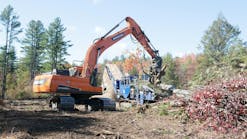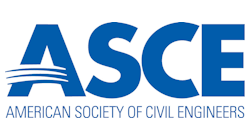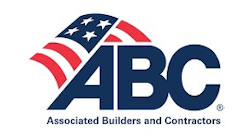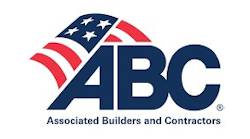Researchers with the Colorado Transportation Information Center at Colorado State University compared the dust suppression and soil stabilization performance of four practices: applying either lignosulfonate, calcium chloride, or magnesium chloride or leaving the road untreated.The four-and-a-half-month trials involved four unpaved sections of road with a virgin crushed-gravel surface. Unit price for the three dust suppressants was 28.5 cents/gal. Cost of material, labor and equipment for the lignosulfonate section totaled $3,528/mi. Because of differences in application methods, that was $760 more per mile than the total cost of $2,768/mi. for either the calcium chloride or magnesium chloride treatment. The average number of vehicles driven over the sections daily ranged from 421 on the calcium chloride treatment to 538 on the untreated section. Findings include: (1) The dust suppressants reduced fugitive dust emissions by 50-70% compared to the untreated section, and (2) the cost savings on the treated sections more than offset the dust-suppressant costs, saving 30-46% over the untreated section.The annual total cost for each treatment:
Magnesium chloride
$9,208/mi.
Lignosulfonate
$10,601/mi.
Calcium chloride
$11,107/mi.
Untreated
$20,378/mi.








